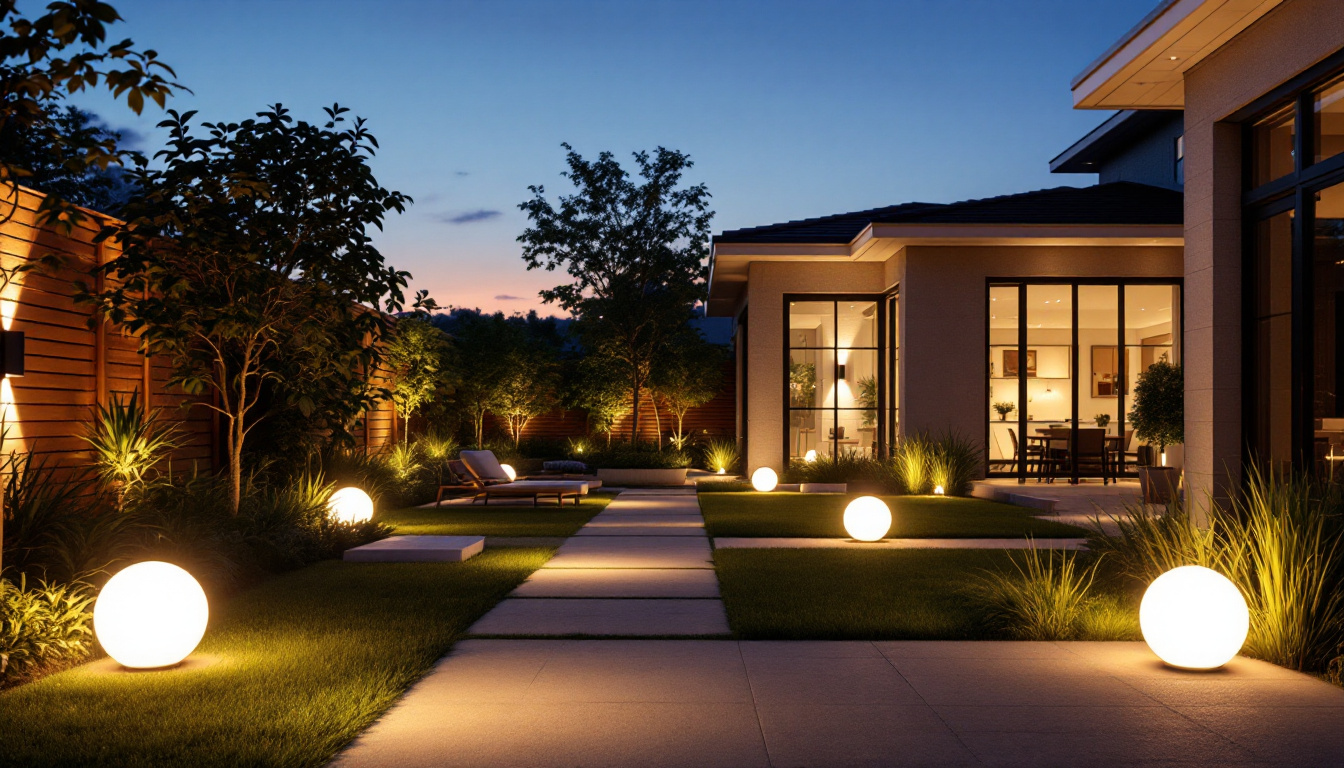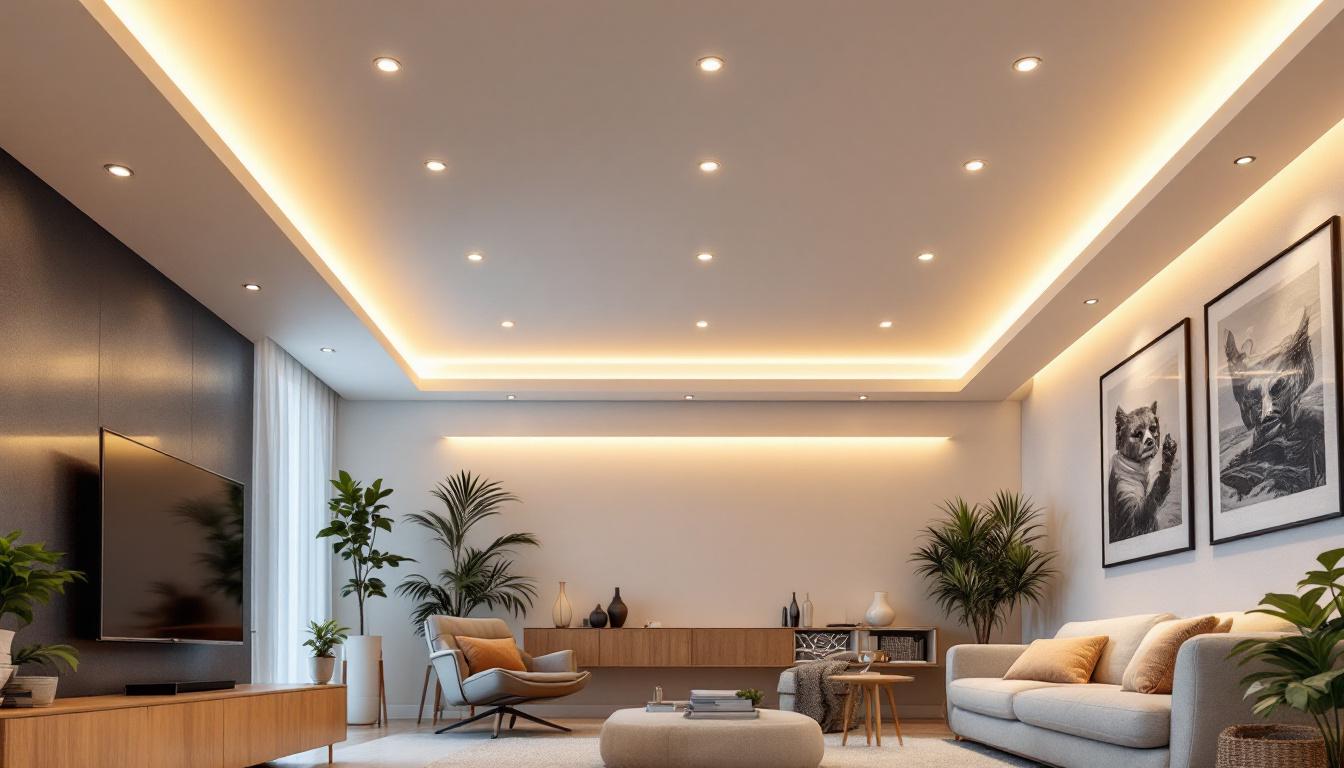
outdoor motion sensors have become an integral part of modern lighting systems, enhancing security and energy efficiency for residential and commercial properties alike. However, for lighting contractors, the integration of these devices presents a unique set of challenges. Understanding these challenges is crucial for successful installations and satisfied clients. This article delves into the top challenges faced by lighting contractors when working with outdoor motion sensors.
Outdoor motion sensors utilize various technologies to detect movement, including passive infrared (PIR), microwave, and dual technology sensors. Each type has its own characteristics, advantages, and limitations. For contractors, understanding these technologies is essential to ensure the right sensor is chosen for the specific application.
PIR sensors are among the most commonly used motion detectors. They work by detecting changes in infrared radiation, which is emitted by warm bodies. While they are effective and cost-efficient, they can be limited by environmental factors such as temperature fluctuations and obstructions. Contractors must be aware of these limitations when recommending PIR sensors to clients. Additionally, the placement of PIR sensors is crucial; they should be installed in areas with a clear line of sight to maximize their effectiveness. Factors such as sunlight exposure and the angle of the sensor can significantly impact performance, making it essential for contractors to conduct thorough site assessments before installation.
Microwave sensors emit microwave pulses and measure the reflection from moving objects. They can detect motion through walls and other obstacles, making them suitable for various applications. However, their sensitivity can lead to false alarms, especially in areas with a lot of wildlife or moving foliage. Contractors need to carefully consider the installation location to minimize these issues. Furthermore, microwave sensors can be adjusted for sensitivity, allowing for customization based on the specific environment. This feature can be particularly beneficial in commercial settings where foot traffic may vary throughout the day, providing a balance between security and convenience.
Combining PIR and microwave technologies, dual technology sensors offer enhanced reliability by reducing false alarms. However, they tend to be more expensive and may require more complex installation processes. Contractors must weigh the benefits against the costs when advising clients on sensor options. The integration of both technologies allows for a more comprehensive detection system, which can be particularly useful in high-security areas where false alarms can lead to significant disruptions. Additionally, dual technology sensors often come equipped with advanced features such as pet immunity and adjustable detection ranges, making them versatile solutions for both residential and commercial applications.
Proper installation of outdoor motion sensors is critical for optimal performance. However, lighting contractors often face several challenges during the installation process that can impact the effectiveness of the sensors.
Choosing the right location for motion sensors is one of the most critical aspects of installation. Factors such as the sensor’s field of view, potential obstructions, and environmental conditions must be considered. For instance, placing a sensor too close to trees or bushes can result in frequent false alarms due to moving branches or animals. Contractors need to conduct thorough site assessments to determine the best placement for each sensor. Additionally, the angle at which the sensor is mounted can significantly affect its performance. A sensor positioned too high may not detect motion at ground level, while one placed too low could be easily obstructed by landscaping features. Therefore, a careful balance must be struck to ensure maximum coverage and sensitivity.
Outdoor motion sensors often require a reliable power source, which can complicate installations. Running electrical wiring to remote locations can be challenging, especially in established properties where retrofitting is necessary. Contractors must be skilled in navigating these challenges, ensuring that power supply issues do not compromise sensor functionality. Moreover, the choice of wiring materials is crucial; using weather-resistant cables and connectors can prevent degradation over time. In some cases, solar-powered options may be considered, which can alleviate the need for extensive wiring but come with their own set of installation considerations, such as ensuring adequate sunlight exposure for optimal charging.
Outdoor sensors must be designed to withstand various weather conditions, including rain, snow, and extreme temperatures. Ensuring that sensors are properly sealed and installed in weather-resistant enclosures is vital. Contractors need to be knowledgeable about the specific requirements for outdoor installations to prevent equipment failure due to environmental exposure. Furthermore, the materials used in the construction of the sensors themselves play a significant role in their longevity. For example, sensors made with corrosion-resistant materials can better endure harsh conditions, while those with inadequate protection may fail prematurely. Regular maintenance checks can also help identify any wear and tear that could compromise the sensor’s performance over time, ensuring that they remain operational throughout their intended lifespan.
Once installed, outdoor motion sensors require proper calibration and configuration to function effectively. This step can often be overlooked or rushed, leading to subpar performance.
Most motion sensors come with adjustable sensitivity settings. Contractors must take the time to calibrate these settings according to the specific environment. A sensor set too high may trigger false alarms, while one set too low may fail to detect actual movement. Finding the right balance is crucial for client satisfaction.
Time delay settings determine how long the light remains on after motion is detected. Contractors should discuss with clients their preferences for lighting duration, as this can vary significantly based on the application. Properly configuring this setting can enhance user experience and energy efficiency.
Many clients already have existing lighting or security systems in place. Integrating new motion sensors with these systems can present additional challenges for lighting contractors.
Not all motion sensors are compatible with existing lighting systems. Contractors must ensure that the sensors they select can communicate effectively with the current setup. This may require additional components, such as relays or adapters, which can complicate the installation process and increase costs.
As smart home technology becomes more prevalent, many clients expect their outdoor motion sensors to integrate seamlessly with smart home systems. This can involve additional programming and configuration, which may be outside the typical scope of a lighting contractor’s expertise. Staying updated on smart technology trends is essential for contractors to meet client expectations.
Educating clients about outdoor motion sensors is vital for ensuring satisfaction and proper usage. Misunderstandings about how these devices work can lead to frustration and dissatisfaction.
Clients often have high expectations for motion sensors, assuming they will detect every movement without fail. It is essential for contractors to explain the limitations of the technology, including potential false alarms and detection range. Setting realistic expectations can help prevent disappointment and build trust with clients.
Outdoor motion sensors require periodic maintenance to ensure optimal performance. This includes cleaning the sensor lenses and checking for any obstructions that may affect functionality. Contractors should inform clients about these maintenance needs and recommend a schedule to keep the systems running smoothly.
Cost is always a significant factor in any project, and outdoor motion sensors are no exception. Understanding the financial implications for both contractors and clients is crucial.
While the initial cost of outdoor motion sensors can vary widely based on technology and features, contractors must provide clients with a clear understanding of the investment required. This includes not just the cost of the sensors themselves but also installation and any necessary additional components.
Despite the upfront costs, outdoor motion sensors can lead to long-term savings through reduced energy consumption and enhanced security. Contractors should highlight these benefits to clients, emphasizing the potential for lower electricity bills and increased property safety.
Even with careful planning and execution, issues can arise after installation. Contractors must be prepared to address these challenges promptly to maintain client satisfaction.
False alarms are one of the most common issues with outdoor motion sensors. They can lead to unnecessary anxiety for clients and may even result in fines from local authorities if they occur frequently. Contractors should be prepared to troubleshoot these issues, adjusting sensitivity settings or recommending alternative sensor types if necessary.
Occasionally, sensors may malfunction due to environmental factors or technical issues. Contractors need to have a plan in place for diagnosing and repairing these problems. This may involve replacing faulty components or recalibrating the system to restore functionality.
The field of outdoor motion sensors is continually evolving, with advancements in technology leading to new possibilities. Staying informed about these trends can help contractors remain competitive and provide the best solutions for their clients.
Emerging technologies, such as advanced AI algorithms and improved sensor materials, are making outdoor motion sensors more reliable and efficient. These advancements can reduce false alarms and enhance detection capabilities, making them more appealing to clients.
The Internet of Things (IoT) is transforming how motion sensors operate. Future systems may offer enhanced connectivity, allowing for real-time monitoring and control via smartphones or other devices. Contractors should stay abreast of these developments to provide cutting-edge solutions to clients.
Outdoor motion sensors offer significant benefits for lighting contractors and their clients, enhancing security and energy efficiency. However, the challenges associated with installation, calibration, integration, and client education must be navigated carefully. By understanding these challenges and staying informed about industry trends, lighting contractors can successfully implement outdoor motion sensors, ensuring client satisfaction and long-term success in their projects.
Ready to overcome the challenges of installing outdoor motion sensors and elevate your lighting projects? Look no further than LumenWholesale, where we provide lighting contractors with high-quality, specification-grade lighting products at unbeatable wholesale prices. With our extensive selection that meets the highest industry standards, you can ensure reliable and high-performance lighting for every project. Plus, enjoy the convenience of bulk buying with free shipping, ensuring you get the best value without hidden fees. Don’t settle for less; choose LumenWholesale for quality, affordability, and convenience. Wholesale Lighting at the Best Value is just a click away.

Explore the cutting-edge innovations in lighting design and installation with Company Lighting.

Discover innovative strategies and expert tips for smart lighting contractors to enhance outdoor home lighting projects.

Discover the essential compliance guidelines for recessed ceiling lighting in this comprehensive guide tailored for lighting contractors.

Discover essential strategies for lighting contractors to prevent common pitfalls and ensure project success.